(NLDO) - New analysis based on the data set of India's Pragyan lunar probe has brought many new surprises.
Pragyan is a self-propelled lander that was dropped by the Chandrayaan-3 mothership during the 2023 mission of the same name. So far, Pragyan has been in hibernation for 11 months on the Moon and has not been able to wake up.
Even so, scientists back on Earth are still analyzing the fascinating data it collected during its short life.
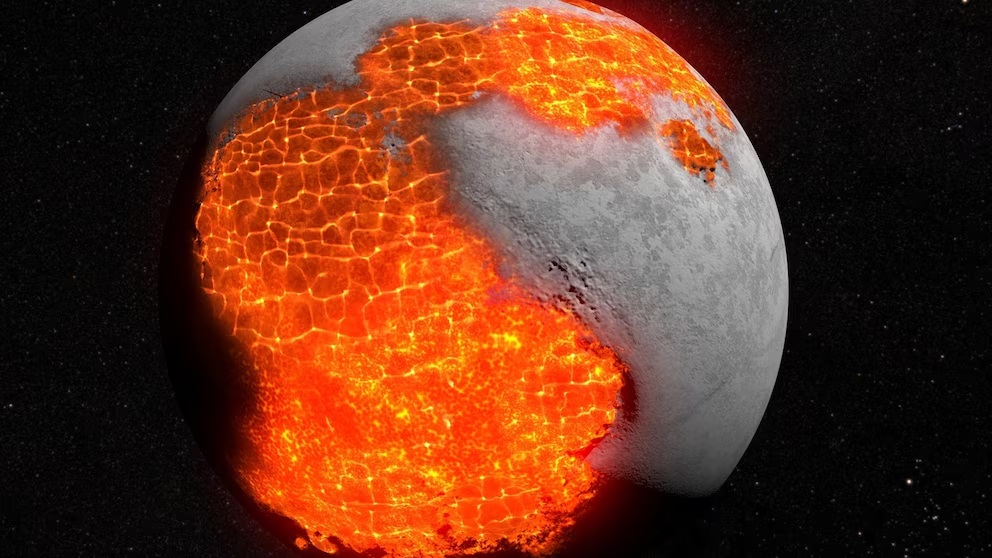
The early Moon had a global magma ocean - Graphic: NASA
A recent study published in the scientific journal Nature has revealed an “ocean of death”. According to the authors led by the Physical Research Laboratory (PRL - India), Pragyan’s measurements revealed a unique mixture of chemical elements in the lunar soil (regolith) surrounding the lander that was relatively uniform.
This regolith is made up mainly of a white rock called ferroan anorthosite. Interestingly, the Pragyan soil sample collected from the South Pole region of the Moon has a composition that is "between" that of two other samples from two equatorial locations collected by the US Apollo 16 and the Soviet Luna-20 spacecraft in 1972.
This means that, despite some differences, the lunar soil is chemically very similar at the South Pole and the equator, supporting the idea that a global ocean once covered the lunar surface when it was a “baby.”
But this ocean was not like what we see on Earth today, but more like the early Earth: It was an ocean of magma, meaning the "water" was all molten rock.
The hypothesis of a global magma ocean on the Moon has long been called the “Lunar Magma Ocean Model (LMO)”. This would be clear evidence that it really existed.
This result also fits neatly into the larger hypothesis about the formation of Earth's satellites.
Many scientists believe that Earth was originally alone, but a Mars-sized planet called Theia crashed into it 4.5 billion years ago.
After the collision, part of the early Earth and Theia merged into the current Earth, some smaller fragments flew into orbit and gradually coalesced into the Moon.
Magma oceans were present from the time of their formation and persisted for tens or hundreds of millions of years afterward.
The cooling and crystallization of this magma ocean eventually helped form ferroanorthosite rock, which made up the Moon’s early crust. Representing that ferroanorthosite crust are the white rocks rich in the mysterious mineral anorthite that Apollo 11 found more than half a century ago.
Source: https://nld.com.vn/tau-an-do-phat-hien-mot-dai-duong-tu-than-o-mat-trang-196240822170527812.htm



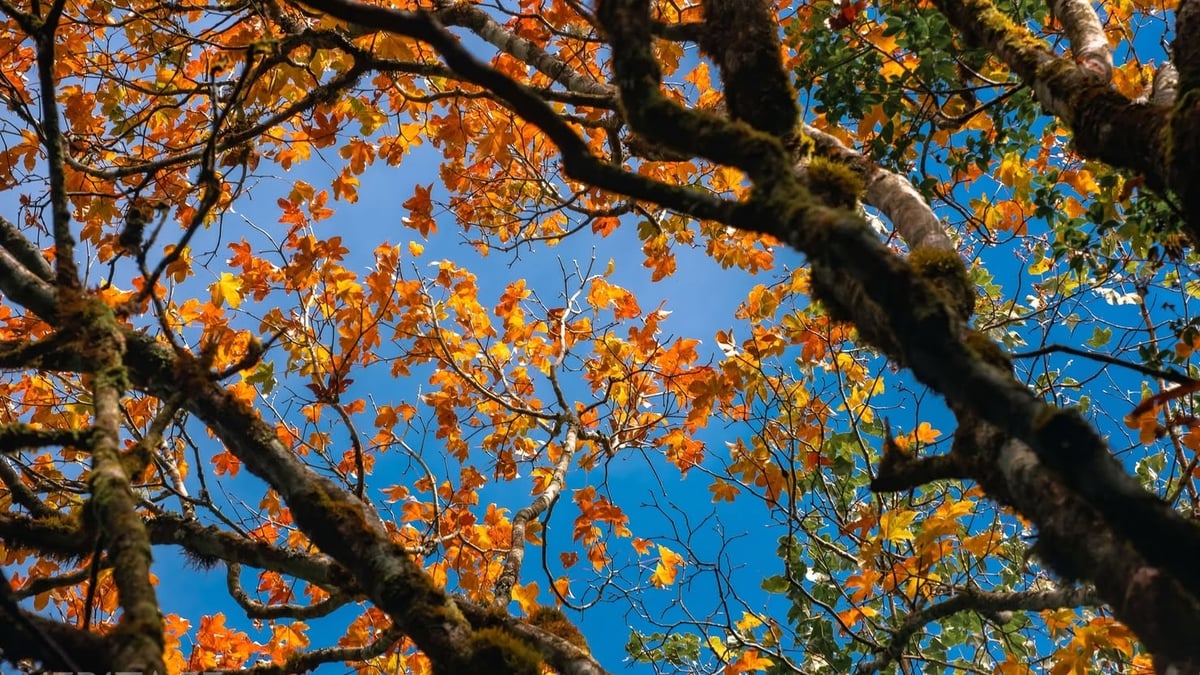
![[Photo] President Luong Cuong attends the National Ceremony to honor Uncle Ho's Good Children](https://vphoto.vietnam.vn/thumb/1200x675/vietnam/resource/IMAGE/2025/5/15/9defa1e6e3e743f59a79f667b0b6b3db)
![[Photo] In May, lotus flowers bloom in President Ho Chi Minh's hometown](https://vphoto.vietnam.vn/thumb/1200x675/vietnam/resource/IMAGE/2025/5/15/aed19c8fa5ef410ea0099d9ecf34d2ad)
![[Photo] Prime Minister Pham Minh Chinh receives Country Director of the World Bank Regional Office for Vietnam, Laos, Cambodia](https://vphoto.vietnam.vn/thumb/1200x675/vietnam/resource/IMAGE/2025/5/15/2c7898852fa74a67a7d39e601e287d48)
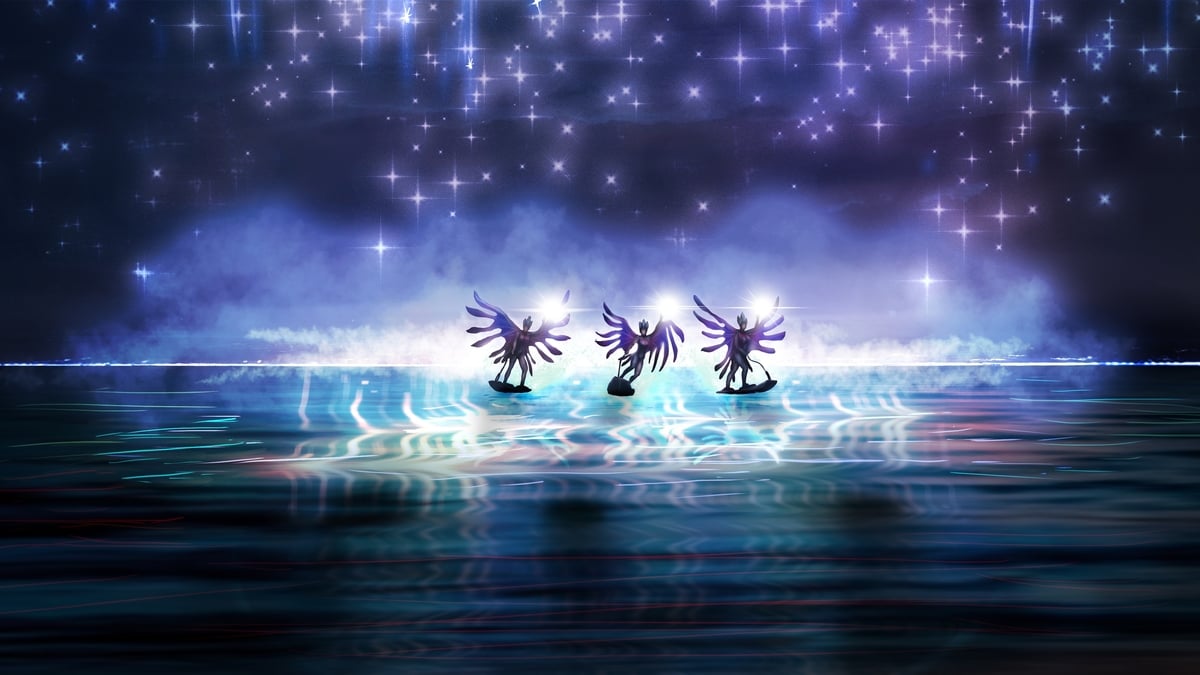


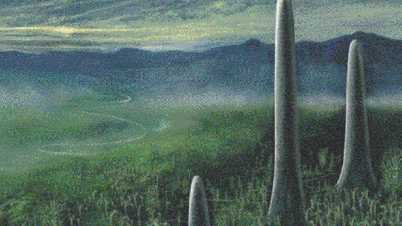
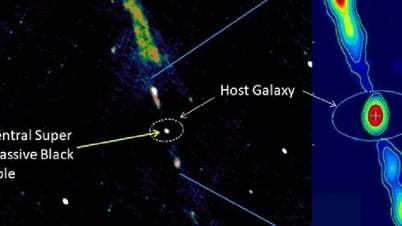


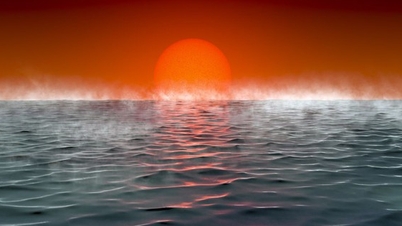






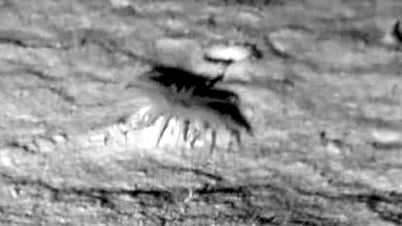

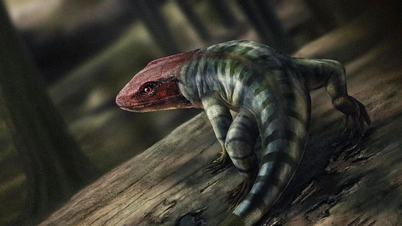











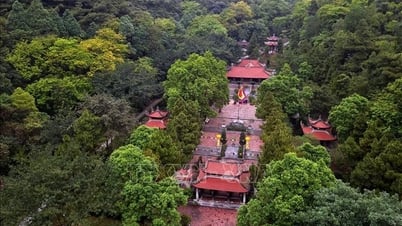



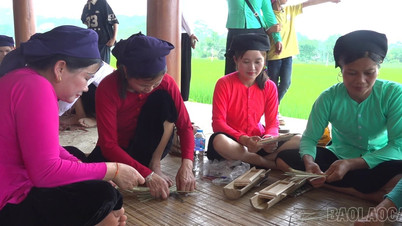

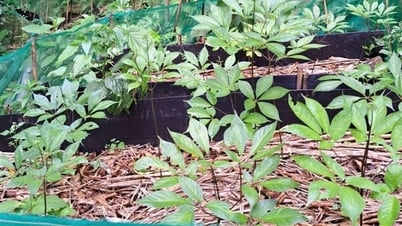

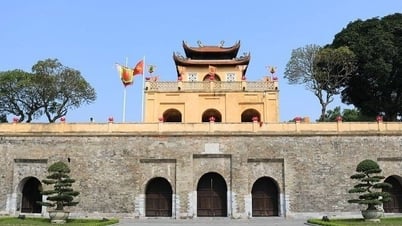















































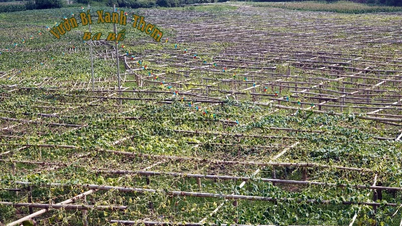





Comment (0)